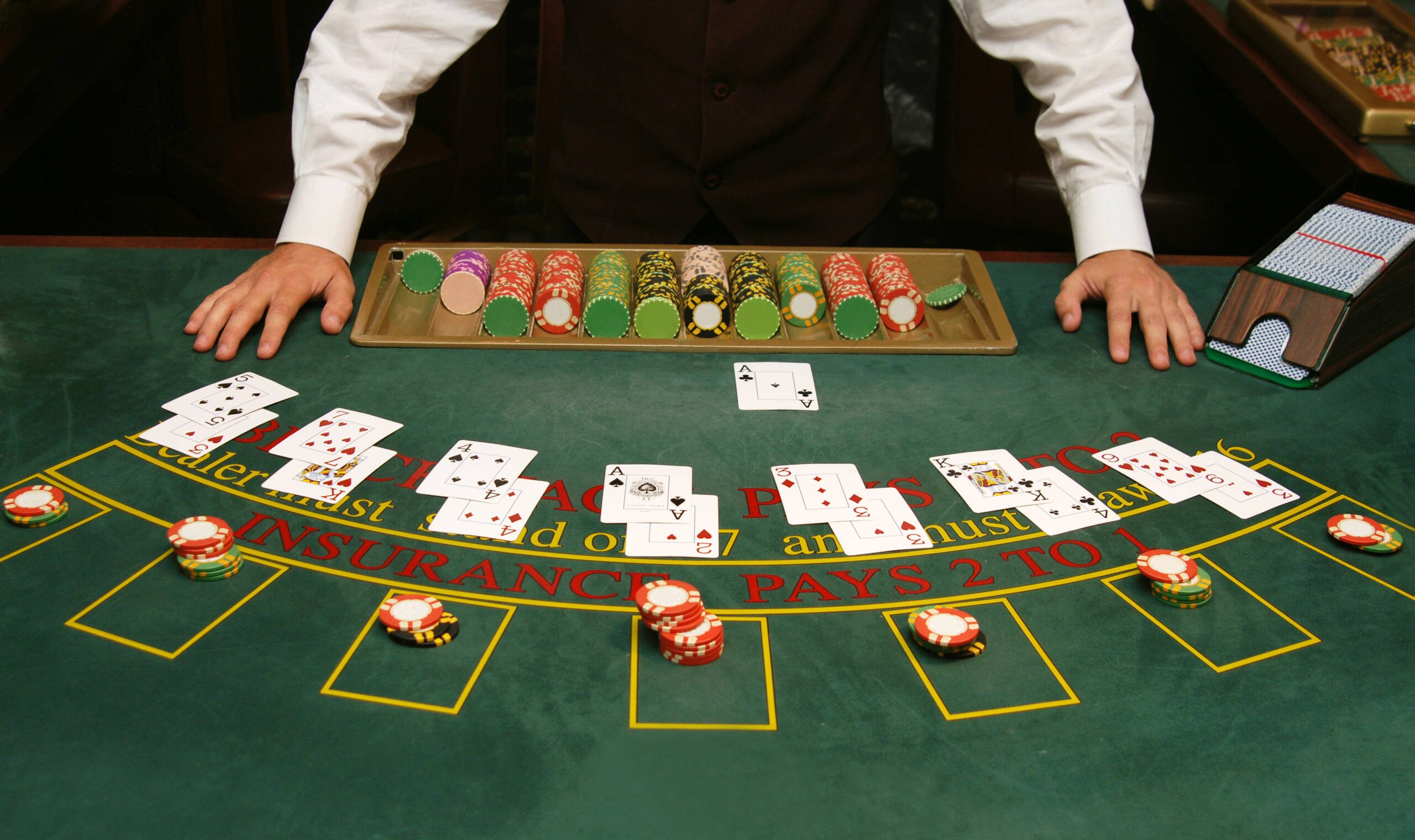15 Terms Everybody Is In The Evolution Korea Industry Should Know
페이지 정보
Taj 작성일25-02-15 10:53본문
 Evolution Korea
Evolution KoreaKorean scientists don't take any chances when it comes to the fight over evolution. The Society for Textbook Revise (STR) has been campaigning to have Archaeopteryx and horses taken out of textbooks, saying they are common symbols of evolutionism.
 Confucian traditions, with their focus on achieving success in the world and their high value of learning still dominates the culture of the country. However, Korea is looking for an entirely new model of development.
Confucian traditions, with their focus on achieving success in the world and their high value of learning still dominates the culture of the country. However, Korea is looking for an entirely new model of development.Origins
The development of Iron Age cultures brought more sophisticated states to the Korean Peninsula, including Goguryeo and Baekje. They all developed a unique cultural style that blended with the influence of their powerful neighbors. They also embraced aspects of Chinese culture such as Confucianism, Buddhism and shamanism.
Goguryeo the first of the Korean kingdoms was the first to establish their own form of government. It instituted a king-centered system of governance in the early 2nd Century. It expanded its territory to Manchuria and the northern part of the Peninsula by several wars that drove Han loyalists from the region.
It was during this period that a regional confederation emerged called Buyeo. In the Samguk yusa of the 13th century Wang Geon's name was listed as king. Buyeo was changed to Goryeo and hence the name was adopted by Korea. Goryeo was a great commercial state and a centre of learning. They raised sheep, goats as well as other livestock, and made furs from them. They danced in masked dramas like tallori and sandaenori. They also held a festival every year in December, which was called Yeonggo.
The economy of Goryeo was boosted by the booming trade with other nations, including the Song Dynasty of China. Traders from Central Asia, Arabia, Southeast Asia and Japan came to Byeongnando the gateway to the capital city of Gaeseong. Silk and medicinal herbs were among the goods they brought.
Around around 8,000 BCE Around 8,000 BCE, the Koreans began to establish permanent settlements and started cultivating cereal crops. They also developed pottery and polished stone tools, and began to organize themselves into clan societies. The Neolithic Age lasted until the 12th century BC. Around this time, Gija, a Shang dynasty prince from China, is said to have introduced high culture to Korea. In the 20th century, many Koreans believed that Dangun and Gija gave Korea its people and their culture, respectively.
Functions
Korea's previous development model that stressed the importance of state-led capital accumulation as well as government intervention in industries and business, led to rapid economic growth that took it from being one of the world's poorest countries to the ranks of OECD countries in just three decades. This system was fraught with moral hazards and 에볼루션 바카라사이트카지노사이트 [Going at Thougwill depend on how these new ideas can be incorporated into the ability to make tough choices.
Benefits
South Korea has the ninth largest economy in the world and the sixth fastest-growing. It has a growing middle class and an extensive R&D infrastructure that is the driving force behind innovation. The government has recently increased its investments in infrastructure projects, to boost economic growth as well as to promote social equity.
In 2008, Lee Myung Bak's administration announced five leading indicator in an attempt to establish an organization for development that focused on changes and practicality. It made efforts to streamline government administration, privatize public companies with more efficiency, and also reform the administrative regulations.
Since the end of Cold War, South Korea pursues a plan of integration of its economy with the rest and beyond the region. Exports of advanced manufacturing technology as well as high-tech consumer electronic products have become a significant source of income. In addition the government has been encouraging the Saemaeul Undong (New Community Movement) initiative, which has transformed the country from an agricultural society to one that is that is focused on manufacturing.
The country also has a high standard of living and offers many benefits for employees, such as pregnancy leave and job security. Moreover, employers are required to sign up to accident insurance, which covers the costs for 에볼루션게이밍 work-related illnesses or injury. It is also common for companies to provide private medical insurance which provides insurance for illnesses not covered by National Health Insurance.
South Korea is viewed as an example of success for many developing countries across the globe. The global financial crisis of 1997 which swept through Asia and the world, challenged this notion. The crisis challenged the myths about Asia's miracle economies, and prompted a fundamentally reappraisal on the role of governments in managing risky private activities.
In the wake of this change the Korean future is still uncertain. A new generation of leaders have taken on the image of an "strong leader" and are beginning to experiment with market-oriented policies. A strong domestic power base makes it difficult to implement any major change.
Disadvantages
The reemergence of creationists is a major obstacle for Korean science's efforts to inform citizens about evolution. While the majority of Koreans support teaching evolution in schools, some creationist groups, led by a microbiologist called Bun-Sam Lim, who is the head of the Society for Textbook Revise (STR)--is advocating for its removal from textbooks. STR believes that teaching evolution is promoting the idea of a "materialist atheism" and portrays a "unhopeful worldview" for students. This can cause them to lose their faith in humanity.
The causes of anti-evolutionist sentiments are complex and diverse. Some researchers suggest that it is due to religious belief, while others point to an increasing prevalence of anti-intellectualism, 에볼루션카지노사이트 which has been exacerbated by growing political elite fragmentation along ideologies, regions, class, and gender. In addition, the one-sided populism of the federal government, aided by powerful conservative business interests and think tanks and business interests, has led to a growing distrust of the scientific community.
In the final analysis the study's findings about the widespread vulnerability highlight the need for targeted policy interventions to mitigate them in advance. As Seoul continues to work towards becoming a cohesive urban landscape, these findings provide a basis for a unified push for 에볼루션게이밍 greater inclusivity in its policies.
In the COVID-19 case, pinpointing the vulnerable neighborhoods and the occupants is essential for the development of specific, compassionate policies that improve their wellbeing and safety. The disproportionate impact of COVID-19 on Jjokbangs for instance, reflects socio-economic disparities which can increase vulnerability to both natural and man-made disasters.
To overcome this, South Korea requires a more inclusive and diverse civil society that can unite all communities to tackle the most pressing issues of the city. This requires a fundamental change in the structure of the institution, starting with the power of the president. The Blue House is able to mobilize a vast bureaucracy and strategically leverage the Supreme Prosecutor's Office and intelligence bureau, which lack any checks from parliamentarians or independent inspection agencies. This gives the president enormous leverage to impose his or her vision on the rest of the nation. This can lead to the emergence of partisanship, which can lead to stagnation and polarization within the country.
댓글목록
등록된 댓글이 없습니다.

















